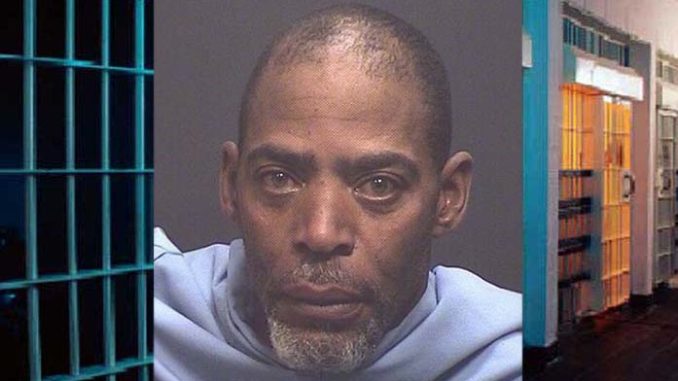
A Tucson man serving an eight-year prison sentence for a 2016 Aggravated DUI accident was properly convicted, even though he was handcuffed while two witnesses were asked if he was the man they saw flee the scene, the Arizona Court of Appeals ruled last week.
Bruce Howard Braggs was found guilty of having a blood alcohol concentration of 0.131 on Feb. 3, 2016 when he drove over the wheel stop of a parking space and hit a tree, causing it to fall onto a parked car in an adjacent school parking lot. He was seen in the driver’s seat by two school employees, one of whom used a cellphone to record Braggs as he walked away from the scene.
Braggs, 54, was located in the area within an hour and arrested after officers separately drove the witnesses near Braggs as part of a show-up identification. Such an identification, which can be done in-person or with images- differs from a line-up identification in that the witness is asked to look at only one person.
On appeal, Braggs argued his due process rights were violated under the Fourteenth Amendment because he was handcuffed at the time of the two show-up identifications, and thus the identification process was “unduly suggestive and unreliable.”
On Nov. 20, the Arizona Court of Appeals unanimously ruled that testimony related to an unduly suggestive identification procedure “will be admissible if it is reliable enough to avoid a substantial likelihood of misidentification” and that it is up to the jury to decide the weight and credibility of the identification.
“Based on the totality of the circumstances, the show-up identification was sufficiently reliable because there was no ‘substantial likelihood of misidentification,’” the decision states. “Thus, Braggs has not shown that any error occurred, much less fundamental error.”
The court of appeals decision does not become effective until Dec. 20 to give Braggs time to petition for review to the Arizona Supreme Court. He is currently eligible for release in September 2024; this is the third time Braggs has served time in prison for aggravated DUI convictions since 2010.
Braggs was arrested the day of the February 2016 accident but not sentenced in his case until July 2018.
Court records show he was released from jail pending trial after posting a bond in May 2016, then a fugitive warrant was issued in April 2017 when he failed to appear for a hearing. Braggs was then tried in absentia when he did not show for his October 2017 trial.
The jury found him guilty of all four counts charges in a grand jury indictment, but Arizona law does not permit sentencing a defendant in absentia. That sentencing hearing was finally conducted in July 2018, a few weeks after Braggs was taken into custody on the warrant.
Defendants usually lose their right to a direct appeal of a jury verdict if they cause sentencing to be postponed more than 90 days, but the judge in Braggs case permitted a delayed appeal.
